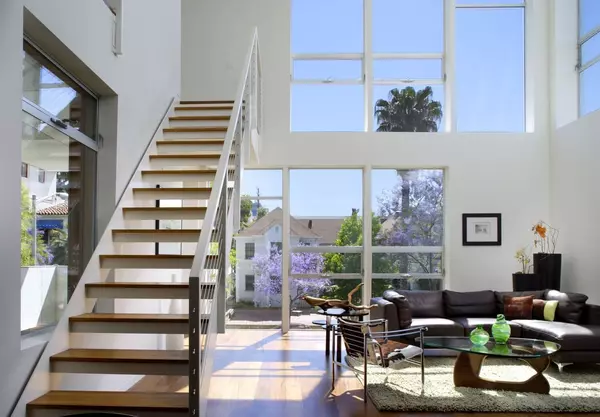Calgary Housing Market Shifts Toward Balance as Supply Builds in September 2025
Calgary’s residential real estate market showed signs of pivoting towards balance in the fall. September 2025 data reflected slower sales activity, rising listings, and growing inventory, creating new downward pressure on prices across several property types. The shift follows two years of sustained demand and limited availability, suggesting the market is adjusting to more moderate conditions.
Inventory and Supply
Compared to September 2024, total residential sales fell by 14%, while new listings edged up 2.6%. The increase in new listings continued a trend seen through much of 2025, gradually restoring supply after several years of undersupply. Inventory levels were 36.5% higher year-over-year and approximately 17% above typical September norms.
The ratio of sales to new listings declined to 45%; buyers have more options, while sellers face growing competition. Months of supply climbed 58.7% from last year to reach 4.02 months, for the first time since early 2020 that the city has surpassed the four-month threshold. The change marks a shift away from the tight conditions that previously supported consistent price growth.
Prices
The benchmark residential price in September 2025 was $572,800, representing a 4% year-over-year decline. The average sale price fell 1.16% year-over-year, continuing the mild but steady softening trend that began in the spring. Prices have now eased each month since March 2025, when the benchmark reached $592,500.
Despite the monthly pullback, the year-to-date benchmark price remained relatively stable at $584,811, down just 1.8% compared to the same period in 2024.
The year-to-date data reinforces this moderating trend. Total residential sales were down 16%, while listings rose 11.6%. Inventory over the same period was up more than 72%, driving a 105% increase in months of supply. Together, these figures indicate a structural rebalancing, where demand has normalized but supply has surged, tempering price appreciation.

Performance by Property Type
Market dynamics varied considerably by housing type. Apartments and row homes experienced the steepest annual price declines, while detached and semi-detached properties remained comparatively stable.
Detached homes recorded a 0.95% year-over-year decline in September’s benchmark price, but still maintained a 1.76% increase year-to-date. This indicates that while prices have softened from spring highs, detached properties continue to hold value over the longer trend.
Semi-detached homes were the strongest performer, showing a 0.94% year-over-year increase and a 3.42% gain year-to-date. This resilience suggests that moderate supply growth in this segment has not yet displaced consistent buyer demand.
Row homes saw a 4.81% year-over-year price decline, with a smaller 1% drop year-to-date. Inventory increases in this category have placed additional pressure on resale values. Apartments experienced the sharpest declines, with benchmark prices falling 6.41% year-over-year and just over 1% year-to-date. The correction in this segment reflects both elevated supply and affordability challenges among entry-level buyers.

Regional and District Conditions
Calgary’s districts displayed uneven patterns of price movement, highlighting the city’s diverse submarket conditions. Central and western districts remained more stable, while northern and eastern areas faced the largest year-over-year declines.
Benchmark prices in September rose year-over-year in most of the West and Central areas, with gains of roughly 2% to 4% across the West, North West, City Centre, South, and South East districts. However, the North East and East districts saw annual price drops of 7.9% and 6.5% respectively, for the steepest declines in the city.
Within the detached segment, prices fell most sharply in the North East and East districts, where year-over-year benchmark changes ranged from −4% to −6%. Detached prices in the City Centre and West districts remained slightly positive year-over-year.
Apartment prices were down across all regions, led by a 10% year-over-year decline in the North East and nearly 9.5% in the East. The City Centre experienced a smaller 5% annual drop, underscoring relative stability in downtown demand despite higher overall supply.
Semi-detached homes recorded mixed performance, with modest year-over-year increases of 1% to 2% in the City Centre and North West, contrasted with 3% to 4% declines in the North East and North districts. Row homes showed similar divergence, with the North East and North districts seeing double-digit annual drops, while the West district recorded mild year-over-year gains.
Recent Posts











